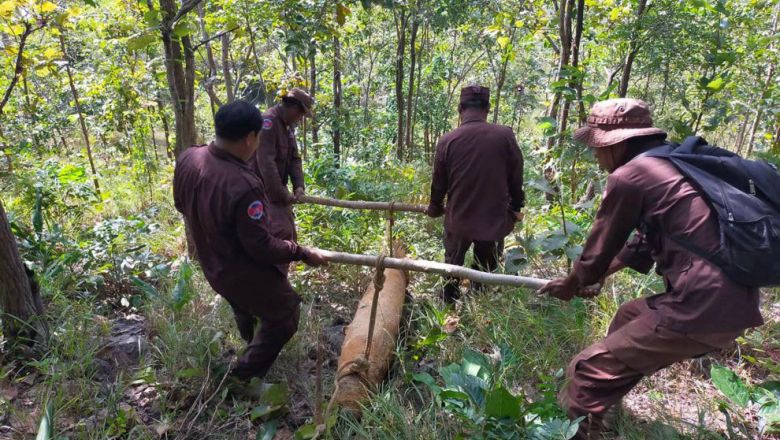19/11/2022 Cambogia
“If you ever come across anything suspicious like this item, please do not pick it up, contact your local law e enforcement agency for assistance”.
In the first 10 months of this year, 40 Cambodians fell victim to unexploded ordnance (UXO), a decrease of five per cent compared to the same period last year, according to a Cambodian Mine Action and Victim Assistance Authority (CMAA) report. Of the 40 victims, 10 were killed outright, seven lost limbs and 23 received less serious injuries. “There were 18 victims of landmines and 22 victims of explosive remnants of war [ERW], including 27 men and 12 boys under the age of 18, as well as one female,” it said. From 1979 to October 2022, landmines and ERW killed 19,818 people and injured 45,186 others across Cambodia, according to the CMAA.This year’s incidents occurred in 10 provinces, with Preah Vihear recording the highest number of victims at 12. There were seven victims in Battambang province; five each in Kampong Thom and Svay Rieng; four in Pursat; two in Banteay Meanchey; and one each in Ratanakkiri, Kratie, Pailin, Siem Reap and Preah Sihanouk. The government has set the goal of achieving a mine-free Cambodia by 2025, with Prime Minister Hun Sen having launched the “Samdech Techo Project for Mine Action” in early July. Philanthropists have contributed around $20 million to this drive thus far. And on November 15, the Indian government announced that it would provide more than $420,000 to Cambodia for demining. Priority areas in Koh Kong province have been earmarked for the additional funds.
Photo-Source: phnompenhpost.com
If you find anything that appears to be an explosive device, do not touch it, leave it where it is and call the police. We will contact the appropriate agencies to properly dispose of the item.
Dear editors, Biography of a bomb is aimed at highlighting the danger caused by unexploded bombs. Moreover, the most important aspect is that we work completely non profit, raising awerness about this topic is what drives us. We apologize if we make use of pictures in yours articles, but we need them to put a context in how findings are done. We will (and we always do) cite source and author of the picture. We thank you for your comprehension.





